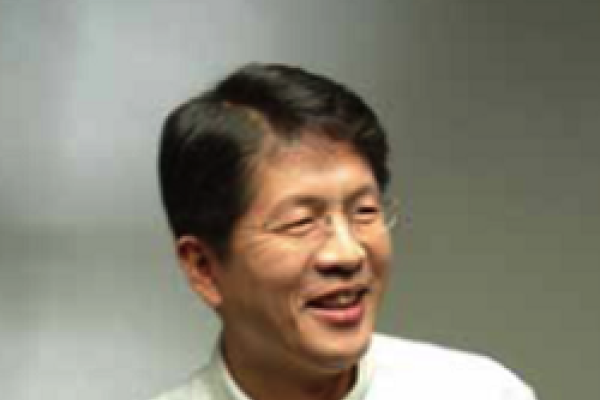
Modern Koreans tend to think that what they now call "tradition" dates back to very ancient times. In fact, however, the majority of what is referred to as tradition was a relatively modern invention of the 19th century, during the late Joseon Dynasty. This talk will examine the arts of the late Joseon period, which is thought to best represent a modern sense of 'Koreanness.' It will argue that the Korean yearning for disorderliness and spontaneity is embodied in countless artworks from this period, as artisans tried to reflect their longing for absence of order in their works by trying to avoid human's artificial intervention, and by leaving natural materials as they were. This spontaneity can also seen in Korean traditional music and dance, which incorporates much improvisation and spontaneity, and which valued performers' own interpretation more highly than imitating their masters' style. In this way, this talk will examine how this concept of spontaneity is manifested in each genre of Korean arts.
